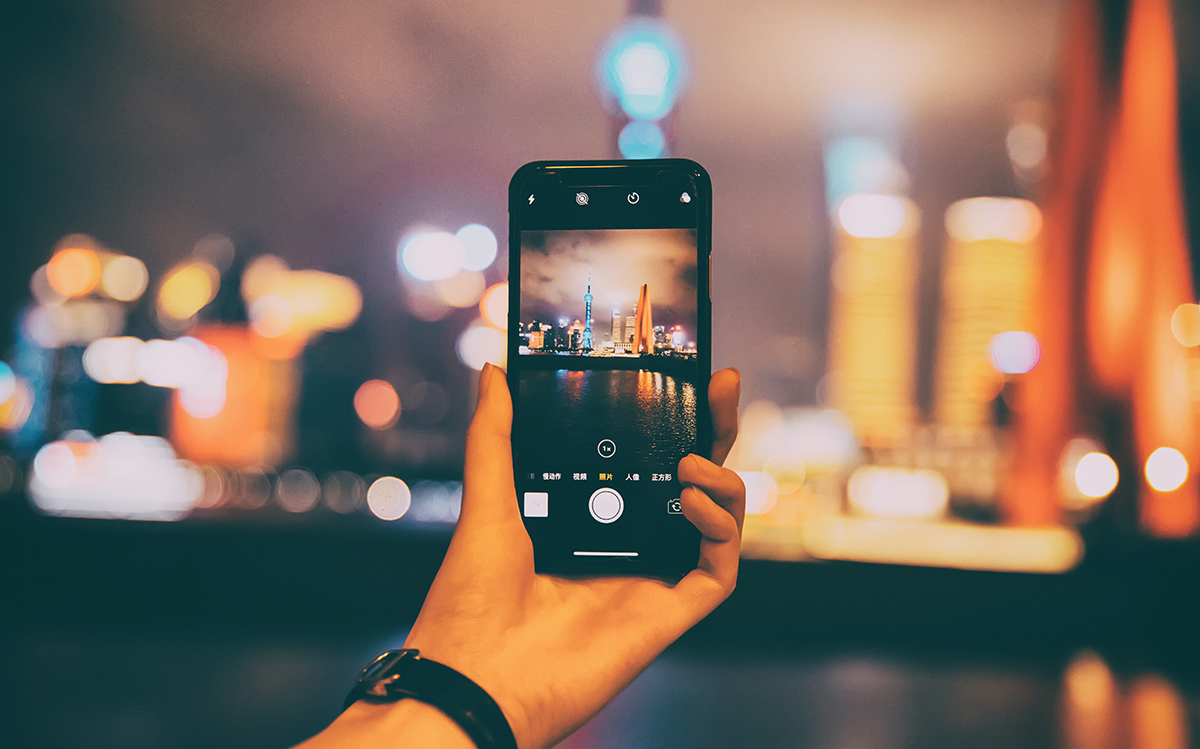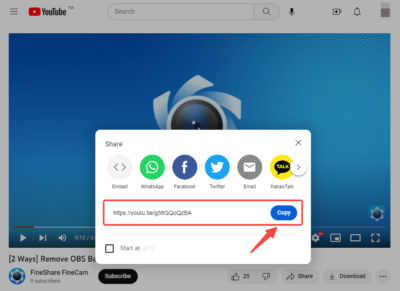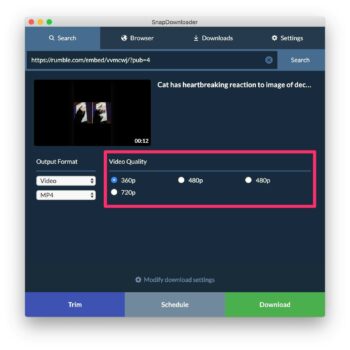1: Introduction:
Mobile Photos and 123RF are popular online platforms for photographers to submit their images and earn money through licensing and sales. Both platforms have specific submission guidelines and quality considerations to ensure the highest standards of image quality and commercial appeal.
Mobile Photos focuses on accepting high-quality images captured using mobile devices, while 123RF accepts a broader range of images from various sources. By following the guidelines and considering the quality factors, photographers can increase their chances of having their images accepted and reaching a wide audience of potential buyers on these platforms.
Also Read This: Adobe Stock Image Downloader Without Watermark: Free and Paid Options
2: Mobile Photos Submission Guidelines:

1: Image Quality:
Submit their images and earn money. It encompasses factors such as resolution, sharpness, clarity, lighting, exposure, and absence of noise or artifacts. High image quality is crucial for photographs to be visually appealing, marketable, and suitable for various uses, including print and digital media. A well-composed image with excellent image quality can grab the viewer's attention, evoke emotions, and convey the intended message effectively. Photographers strive to capture images with exceptional image quality by using proper equipment, understanding camera settings, considering lighting conditions, and applying post-processing techniques when necessary. High image quality is often a key criterion for acceptance and submit their images and earn money.
3: Composition:
Composition refers to the arrangement and placement of visual elements within a photograph. It is a fundamental aspect of photography that contributes to the overall aesthetics, balance, and storytelling of an image. A well-composed photograph captures the viewer's attention, guides their eye, and effectively communicates the photographer's intent.
Composition principles, such as the rule of thirds, leading lines, symmetry, and framing, help photographers create visually appealing and impactful images. By carefully considering the placement of the main subject, background elements, and negative space, photographers can achieve balance, harmony, and visual interest in their compositions.
A strong composition can enhance the narrative, evoke emotions, and create a sense of depth or movement within the frame. It requires an understanding of visual elements like lines, shapes, colors, textures, and the ability to make deliberate choices about their arrangement.
I asked this a while back to someone that makes anime inspired clothing and she explained that you have to get usage rights permissions from whoever owns the licensing if you are planning to commercialize the design. However, if it’s just for personal use you should be fine.
— Grandma Ray 👵🏾☀️™️ (@rayofsunshan) November 17, 2022
4: Subject Matter:
Subject matter in photography refers to the main focus or content of an image. It represents the specific objects, people, places, or concepts that the photographer chooses to capture and convey through their photographs. The subject matter plays a crucial role in determining the narrative, mood, and overall message of a photograph.
Photographers have the freedom to choose a wide range of subject matter based on their personal interests, artistic vision, or market demand. Common subject matter includes landscapes, portraits, still life, nature, architecture, abstracts, travel, food, and more. Each genre offers unique opportunities for photographers to explore and express their creativity.
When selecting subject matter, photographers consider factors such as visual appeal, storytelling potential, emotional impact, and commercial viability. They strive to capture subjects that are visually interesting, evoke emotions, tell a story, or provoke thought in viewers. Additionally, photographers may focus on niche subject matter that caters to specific markets or target audiences.
The choice of subject matter can greatly influence the success and reception of a photograph. It is essential for photographers to consider their intended audience and the purpose of their images when selecting subject matter. By choosing compelling and relevant subject matter, photographers can create photographs that resonate with viewers and have the potential for commercial success.
5: Model Releases:
Model releases are legal documents that grant permission from individuals, often referred to as models or subjects, to allow their likeness to be used in photographs for commercial purposes. When a photograph includes recognizable individuals, it is generally required to have a valid model release to protect the rights of both the photographer and the subjects.
A model release typically includes the names and contact information of the model and the photographer, a description of the intended use of the photograph, and the rights being granted by the model. By signing the release, the model gives consent for the photograph to be used in various ways, such as for advertising, marketing, or editorial purposes.
The purpose of a model release is to protect against potential legal issues that may arise from the unauthorized use of an individual's likeness. It ensures that the photographer has obtained the necessary permissions and releases any liability related to the use of the image.
Different countries and jurisdictions may have varying laws and requirements regarding model releases. It is important for photographers to familiarize themselves with the legal obligations and guidelines specific to their location. Many stock photography agencies and commercial platforms, such as Mobile Photos and 123RF, have strict policies regarding the submission of images with recognizable people and often require a valid model release for such images.
6: Copyright and Trademarks:
Model releases are legal documents that grant permission from individuals, often referred to as models or subjects, to allow their likeness to be used in photographs for commercial purposes. When a photograph includes recognizable individuals, it is generally required to have a valid model release to protect the rights of both the photographer and the subjects.
A model release typically includes the names and contact information of the model and the photographer, a description of the intended use of the photograph, and the rights being granted by the model. By signing the release, the model gives consent for the photograph to be used in various ways, such as for advertising, marketing, or editorial purposes.
The purpose of a model release is to protect against potential legal issues that may arise from the unauthorized use of an individual's likeness. It ensures that the photographer has obtained the necessary permissions and releases any liability related to the use of the image.
Different countries and jurisdictions may have varying laws and requirements regarding model releases. It is important for photographers to familiarize themselves with the legal obligations and guidelines specific to their location. Many stock photography agencies and commercial platforms, such as Mobile Photos and 123RF, have strict policies regarding the submission of images with recognizable people and often require a valid model release for such images.
https://www.youtube.com/watch?v=YnHZV5Nbzi0&pp=ygVJTW9iaWxlIFBob3RvcyBhbmQgMTIzUkY6IFN1Ym1pc3Npb24gR3VpZGVsaW5lcyBhbmQgUXVhbGl0eSBDb25zaWRlcmF0aW9ucw%3D%3D
Also Read This: Roblox Resonance: Listening to SoundCloud While Playing Roblox – Elevate Your Gameplay
3: 123RF Submission Guidelines:
- Image Quality: 123RF requires high-quality images with good resolution, sharpness, and clarity. Avoid submitting images that are blurry, pixelated, or of low quality.
- Composition: Pay attention to the composition of your photos. Use leading lines, rule of thirds, and other compositional techniques to create visually appealing images.
- Subject Matter: 123RF accepts a wide range of subject matter, including but not limited to nature, travel, people, food, lifestyle, and business. Choose subjects that have commercial appeal and are in demand.
- Model Releases: If your photo includes recognizable people, you must provide a valid model release. This ensures that you have obtained the necessary permissions to use the image commercially.
- Copyright and Trademarks: Do not submit images that infringe upon copyright or trademarks. Make sure you have the necessary rights and permissions for any recognizable logos, brands, or copyrighted materials in your photos.
- Post-processing: Basic post-processing is acceptable, but avoid excessive editing that alters the reality of the image. 123RF prefers natural-looking photographs.
- Metadata and Keywords: Include relevant metadata and keywords when submitting your photos. This helps in categorizing and finding your images in the 123RF database.
Also Read This: How Much is Adobe Stock Per Month? Different Plans and Pricing
4: Quality Considerations:

- Resolution and Size: Submit images with high resolution and large file sizes. This allows for flexibility in usage and ensures that the images can be used for various purposes, including print.
- Lighting and Exposure: Ensure that your images are properly exposed and well-lit. Avoid overexposure or underexposure, as it can affect the overall quality and usability of the image.
- Focus and Sharpness: Images should be sharp and in focus. Blurry or out-of-focus images may be rejected due to poor quality.
- Noise and Artifacts: Minimize noise and digital artifacts in your images. Use appropriate settings and techniques to reduce noise, especially in low-light conditions.
- Originality and Creativity: Submit unique and creative images that stand out from the crowd. Avoid clichéd or generic compositions and strive for originality in your photography.
- Commercial Appeal: Consider the market demand and potential usage of your images. Images with broad commercial appeal are more likely to be accepted.
- Consistency: Maintain a consistent level of quality throughout your portfolio. Submitting a collection of high-quality images increases your chances of acceptance and success as a contributor.
Also Read This: How to Download iStock Videos Without Watermark: A Comprehensive Guide
FAQ:
Q1: What is the difference between Mobile Photos and 123RF?
A: Mobile Photos is a platform that specializes in accepting high-quality images captured using mobile devices, while 123RF accepts a broader range of images from various sources. Mobile Photos focuses specifically on mobile photography, whereas 123RF accepts images from both professional and amateur photographers.
Q2: How can I ensure my images meet the quality standards of Mobile Photos and 123RF?
A: To meet the quality standards of Mobile Photos and 123RF, ensure that your images are sharp, well-lit, and free from noise or distortion. Pay attention to composition, subject matter, and the overall appeal of your photographs. Avoid excessive editing that alters the reality of the image and strive for natural-looking photographs. It is also important to follow the specific submission guidelines provided by each platform.
Q3: Do I need a model release for every photograph that includes people?
A: Yes, if your photograph includes recognizable people and you intend to use it for commercial purposes, it is generally recommended to obtain a valid model release. This ensures that you have the necessary permissions to use the image commercially and protects both the photographer and the subjects. However, specific legal requirements may vary depending on your location and the intended use of the photograph.
Q4: What should I consider when choosing subject matter for my photographs?
A: When choosing subject matter, consider factors such as visual appeal, storytelling potential, emotional impact, and commercial viability. Select subjects that are visually interesting, evoke emotions, tell a story, or cater to specific markets or target audiences. It is important to align your subject matter choices with your artistic vision and the purpose of your photographs.
Q5: Can I submit edited or post-processed images to Mobile Photos and 123RF?
A: Yes, both Mobile Photos and 123RF accept edited or post-processed images. However, it is important to avoid excessive editing that alters the reality of the image. Strive for a natural and visually appealing final result. Basic post-processing techniques are generally acceptable, but it's best to refer to the specific guidelines of each platform to ensure compliance.
Q6: How can I increase my chances of success on Mobile Photos and 123RF?
A: To increase your chances of success on Mobile Photos and 123RF, focus on capturing high-quality images, follow the submission guidelines provided by each platform, and consider the specific requirements and preferences of their user base. Continuously improve your photography skills, diversify your subject matter, and strive for originality and creativity in your images. Building a consistent and compelling portfolio can also help attract potential buyers and increase your chances of success as a contributor.
Conclusion:
In conclusion, Mobile Photos and 123RF are popular platforms for photographers to submit their images and potentially earn income through licensing and sales. Both platforms have specific submission guidelines and quality considerations that photographers should adhere to in order to increase their chances of acceptance and success.
When submitting to Mobile Photos and 123RF, photographers should focus on image quality, ensuring that their photographs are sharp, well-lit, and free from noise or distortion. Attention to composition, subject matter selection, and the use of valid model releases (if applicable) are also important factors to consider.
By following the guidelines, photographers can enhance the marketability of their images and appeal to a wide audience of potential buyers. It is crucial to maintain a consistent level of quality and to continuously improve one's skills and creativity in order to stand out in the competitive world of photography.
Submitting high-quality images that meet the requirements of Mobile Photos and 123RF can lead to increased exposure, potential sales, and the opportunity to share one's work with a global audience. Photographers should always stay updated with the platforms' guidelines and strive for excellence in order to maximize their chances of success.














